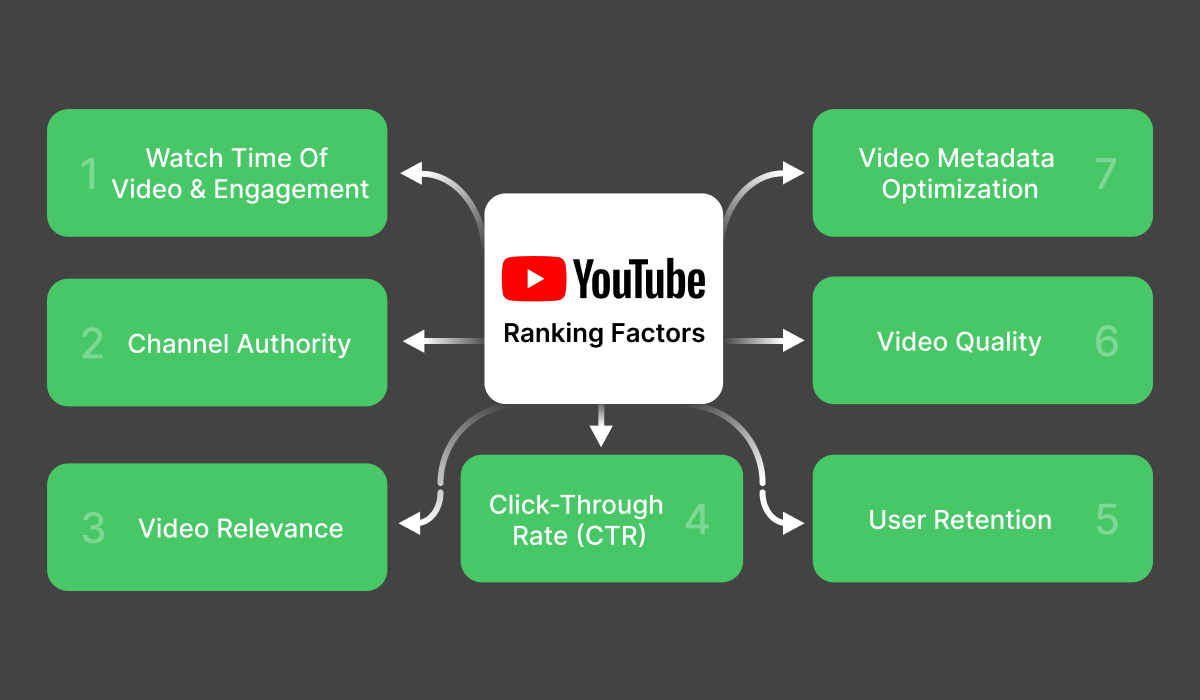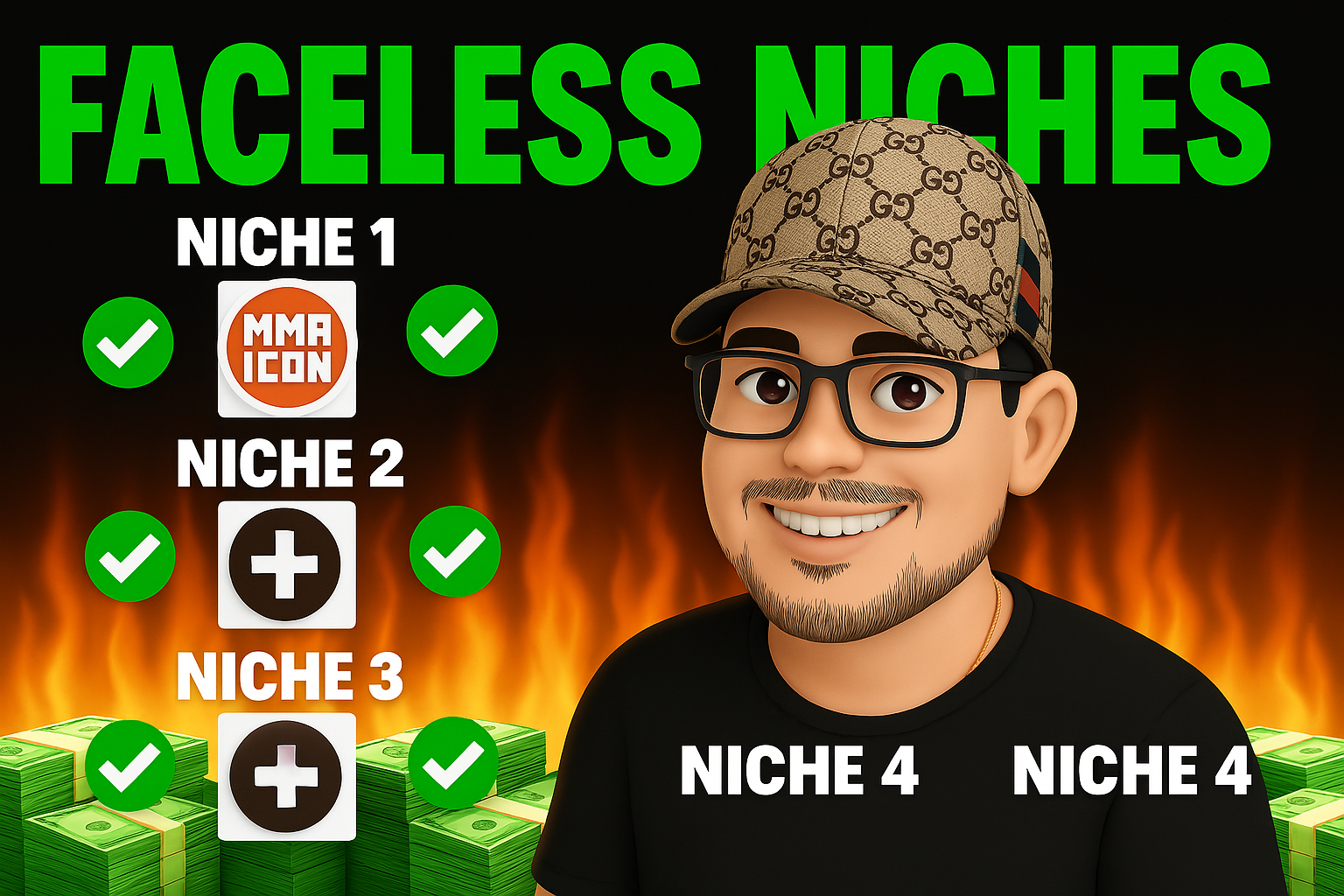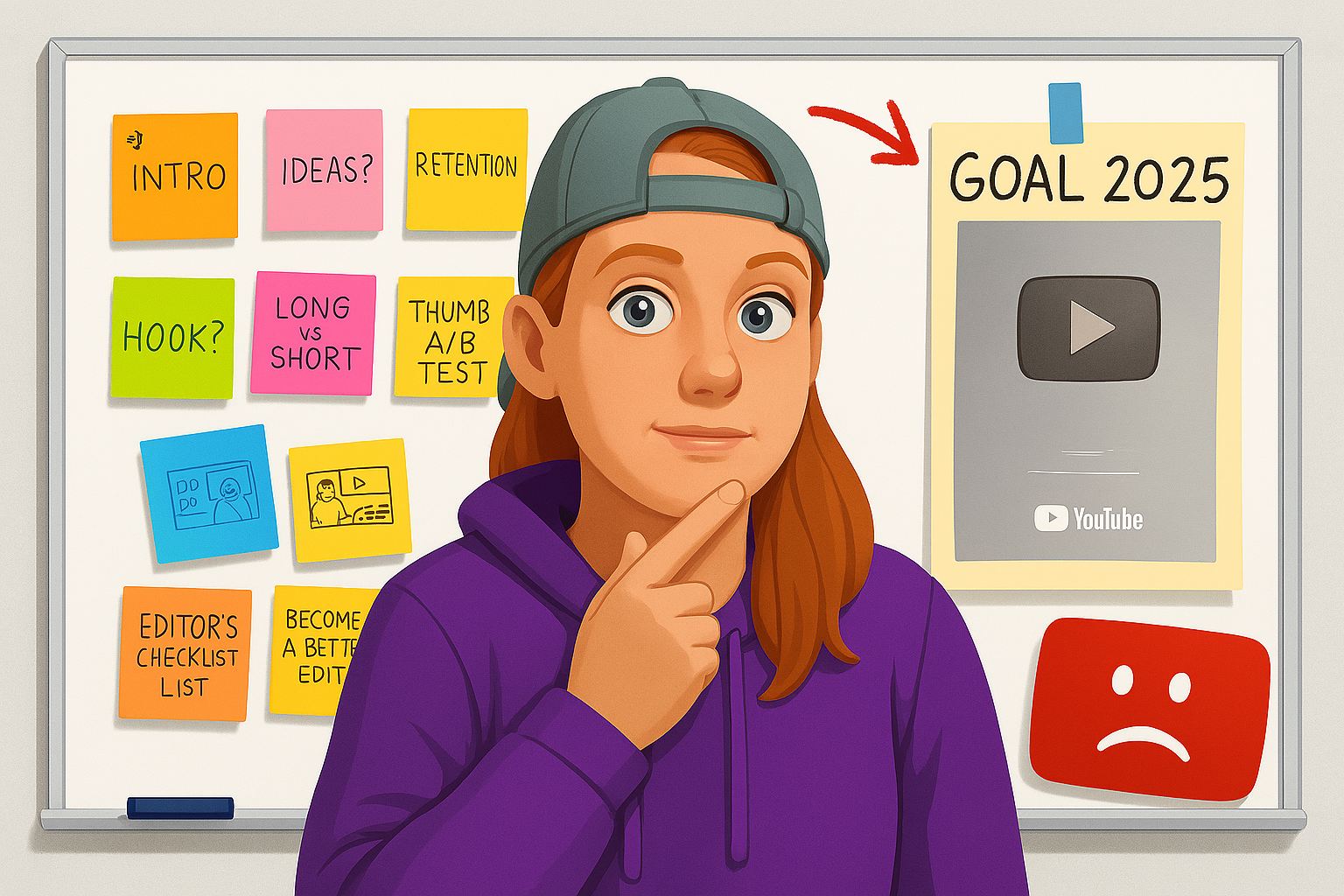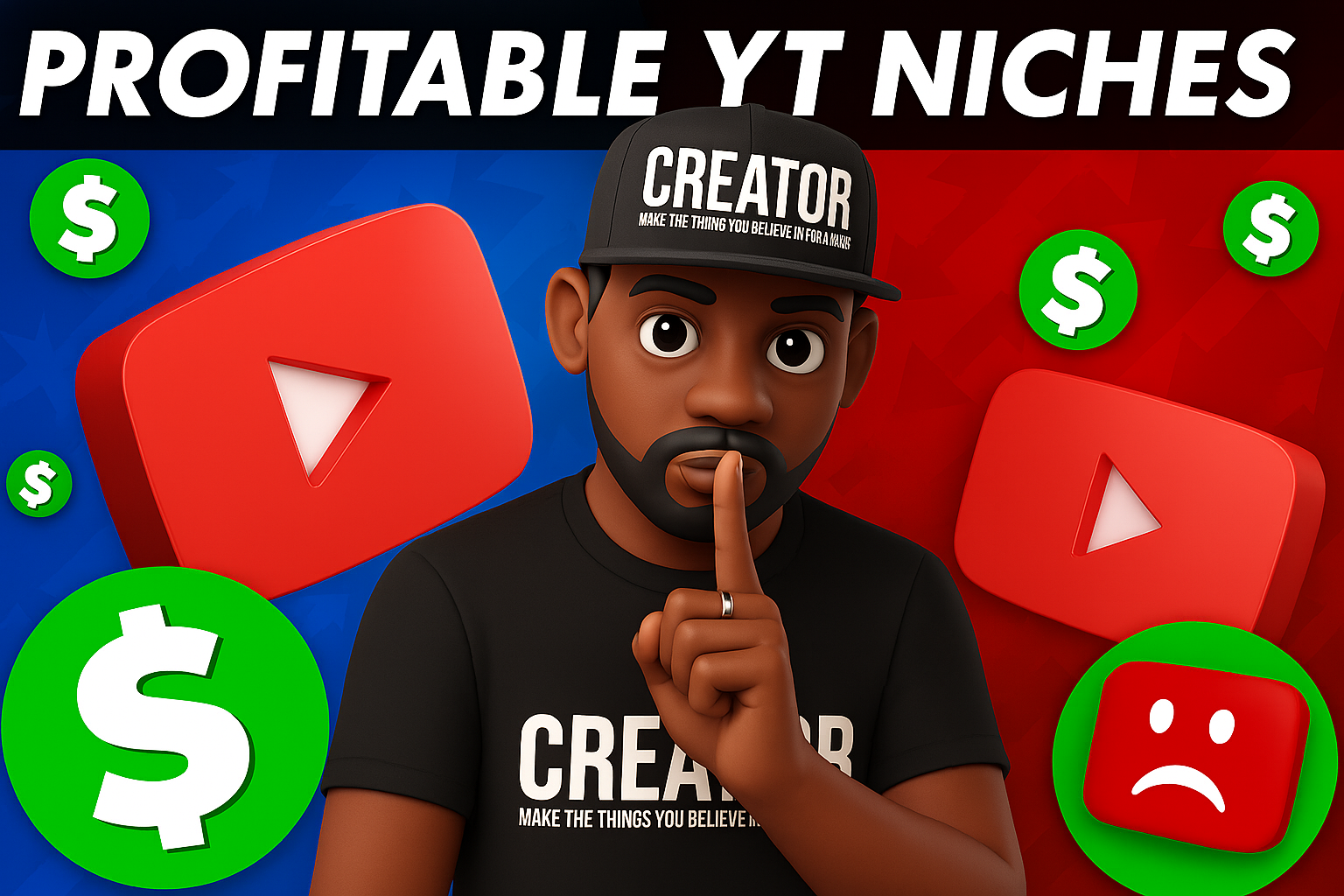When I first pictured having a million YouTube subscribers, I imagined rolling around in piles of cash—like a cartoon character living their best digital life. Turns out, reality has way more plot twists. Let's pull back the curtain together and dig into what having 1 million subscribers actually means for your earnings. Spoiler: it's not as simple—or as sparkly—as most people think.
Subscriber Count vs. Actual Earnings: The Hidden Math
Let’s talk about something I wish I’d understood sooner: having 1 million YouTube subscribers looks amazing, but it doesn’t guarantee a set monthly income. If you’re wondering how much do YouTubers make with a million subscribers, the answer is—it depends. The math behind YouTube Monetization is a lot more complicated than just counting subscribers.
Here’s the real deal: Ad revenue doesn’t pay out per subscriber. It’s all about views, watch hours, and engagement. You could have a million subscribers, but if only a small fraction actually watches your videos, your YouTube Income might be lower than you expect. I’ve seen channels with half a million subscribers out-earn those with a million, simply because their viewers are more engaged and their videos rack up more watch time.
When I first joined the YouTube Partner Program (YPP), I learned that the minimum requirement was 1,000 subscribers and 4,000 watch hours. That’s just the entry point. After that, the real challenge is getting people to watch and interact with your content. Subscriber numbers alone can be deceiving. They’re a great milestone, but they don’t tell the whole story about your earning potential.
One of the biggest myths I hear is that each subscriber equals direct cash. The reality is, we get paid when ads play, not when people hit ‘subscribe’. If a video goes viral—even on a small channel—it can sometimes earn more in a single month than a big creator makes from a whole month of uploads. I’ve experienced this myself: a single trending video brought in more ad revenue than my entire back catalog combined.
So, what actually determines YouTube Revenue Per Subscriber? It’s a mix of factors:
CPM (Cost Per 1,000 Impressions): This can range from $0.50 to $10 USD or more, depending on your niche, audience location, and even the time of year.
Engagement: Likes, comments, and shares boost your videos in the algorithm, leading to more views and, ultimately, more income.
Content Topic: Some topics attract higher-paying advertisers. For example, finance or tech channels usually have higher CPMs than vlogs or entertainment.
Viewer Demographics: Where your audience lives matters. Advertisers pay more for viewers in countries like the US, UK, or Australia.
Research shows that monthly earnings are not strictly tied to subscriber numbers. Creators with fewer subscribers can earn more if their videos get more views or have better engagement rates. The average YouTube revenue per subscriber varies widely and is not a fixed value. It’s possible to have a million subscribers and still make less than someone with half that number, simply because their audience is more active or their content is more advertiser-friendly.
When it comes to YouTube, your subscriber count is your social proof, but your view count is your paycheck. – Roberto Blake
So, if you’re aiming for that million-subscriber milestone, remember: it’s just one piece of the puzzle. The real key to YouTube Monetization is creating content that people actually want to watch—and keep watching.
YouTube Monetization Strategies: Beyond the Ad Game
When I first started exploring YouTube Monetization Strategies, I assumed ads were the main way to earn money. It’s the classic route, and yes, it still matters. But once you reach 1 million subscribers, you realize that relying on ad revenue alone is a risky game. The truth is, monetizing your YouTube channel in 2025 means thinking far beyond the ads that play before your videos.
Ad revenue is still the foundation for many creators. If you’re part of the YouTube Partner Program, you can earn a share of the ad money generated by your content. But here’s the catch: ad rates change all the time. They depend on your audience’s location, the niche you’re in, and even the time of year. Some months, you might see a spike. Other times, ad rates drop and your income takes a hit. That’s why so many creators are looking for YouTube Monetization Methods that offer more stability.
Let’s talk about fan funding. In 2025, YouTube has rolled out more ways for viewers to support creators directly. Channel memberships, Super Thanks, and Super Chats during live streams all let fans chip in a few dollars at a time. It might not sound like much, but with a million subscribers, even a small percentage of engaged fans can add up fast. Some creators report earning anywhere from $1 to $50 per live stream just from Super Chats. Channel memberships can bring in hundreds or even thousands of dollars each month, depending on how many people sign up.
Then there’s merchandise. Selling t-shirts, mugs, or custom products is a tried-and-true way to monetize your YouTube channel. With a million subscribers, even a modestly successful merch line can generate between $500 and $5,000 (or more) per month. It all depends on your niche and how passionate your audience is. Some creators take it a step further, offering exclusive courses, digital downloads, or even personalized video shout-outs for superfans.
Affiliate marketing is another smart move. If you recommend products in your videos and include affiliate links, you can earn a commission on every sale. This works especially well in niches like tech, beauty, or fitness, where viewers are already looking for product recommendations. And don’t forget about crowdfunding or offering exclusive content on other platforms—these are creative ways to diversify your income.
What I’ve learned is that diversifying your revenue streams is crucial. YouTube’s algorithm and monetization policies are always changing. If you depend on just one income source, you’re vulnerable to sudden drops or policy shifts. As Nuseir Yassin (Nas Daily) wisely put it:
"Don't put all your eggs in one YouTube basket—spread out your hustle."
Research shows that creators who combine ad revenue, fan funding, merch, and affiliate income have a much more reliable monthly income. In 2025, the most successful channels are the ones that adapt and experiment with new YouTube Monetization Strategies as the platform evolves.
The Big Variables: What Actually Impacts Monthly Earnings on YouTube?
If you’ve ever wondered about the real factors affecting YouTube income, you’re not alone. It’s easy to assume that hitting 1 million subscribers means a predictable monthly paycheck, but the reality is much more complicated. Let’s break down the big variables that actually shape YouTube income—and why the impact of views on income is only one piece of the puzzle.
Niche: Not All Channels Are Created Equal
First, let’s talk about niche. The kind of content you create has a massive effect on your earnings. For example, tech channels often see higher CPMs (cost per thousand ad views)—sometimes between $4 and $10. Meanwhile, vlogs or general entertainment channels might see CPMs as low as $0.50 to $3. Why? Advertisers are willing to pay more to reach audiences interested in tech, finance, or business. If you’re in a niche with passionate, purchase-ready viewers, your ad rates will likely be higher.
Audience Location: Where Your Viewers Live Matters
Another huge factor is audience location. Ads shown to viewers in the U.S., UK, or Australia usually pay more than those shown elsewhere. If most of your audience is in countries with lower advertising rates, your CPM will drop—even if your subscriber count is sky-high. This is one of those details that’s easy to overlook, but it makes a big difference in your monthly YouTube income.
Engagement: Loyal Fans Over Big Numbers
Here’s something I’ve seen firsthand: engagement trumps vanity metrics. It’s not just about how many people are subscribed, but how many are actually watching, liking, commenting, and sharing your videos. Channels with super-engaged communities often attract better ad rates and more sponsorship opportunities. As Marques Brownlee put it:
In the end, it's not subscribers—it's superfans who pay the bills.
I once saw a friend with 1.2 million subscribers make less than my neighbor’s food channel, which had a fraction of the subs. The difference? The food channel had a loyal, active foodie community that advertisers loved.
Content Consistency & Algorithm Mood Swings

Consistency is another wild card. If you post regularly, your channel is more likely to stay in YouTube’s good graces. But the YouTube algorithm can be unpredictable. Sometimes, even consistent creators see their views (and income) dip for no clear reason. Recent YouTube monetization policies have also introduced changes—like stricter ad suitability reviews and new monetization tools—which can affect your earnings month to month.
Other Factors: Video Length & Policy Changes
Longer videos can show more ads, which means more revenue potential. But, if viewers aren’t sticking around, those extra ad slots don’t mean much. Plus, YouTube’s monetization policies are always evolving. In 2025, for example, there are more ways to earn—like memberships, Super Chats, and merchandise—but ad revenue still depends on those core variables: niche, audience, and engagement.
So, when you see a channel with 1 million subscribers, remember: monthly YouTube income is shaped by niche, audience, and engagement, not just the headline subscriber count. The numbers only tell part of the story.
Crunching the Numbers: What 1 Million Subscribers Might Actually Earn Per Month
If you’re wondering about Monthly Earnings YouTube creators see with 1 million subscribers, you’re not alone. I’ve spent a lot of time digging into this topic, and honestly, the numbers aren’t as straightforward as you might hope. There’s no magic formula, but there are some patterns and real-world ballparks that can help set expectations.
Let’s get right to it: How Much Do YouTubers Make with a million subs? The answer is, it depends—a lot. YouTube Income can swing wildly, anywhere from $2,000 to $40,000 or more per month. That’s a massive range, but it reflects just how many variables are in play.
Why such a big gap? It comes down to a few factors:
Niche and CPM: Channels in low-CPM (cost per thousand views) niches—think vlogs, general entertainment, or gaming—might barely break $2,000 a month, even with a million subscribers. Meanwhile, business, finance, or tech channels can see CPMs that are much higher, sometimes earning $10,000, $20,000, or even more each month.
Views vs. Subscribers: Not every subscriber watches every video. If you have a million subscribers, but only a small percentage are active, your income will reflect that. For example, if just 5% of your audience (that’s 50,000 people) watches each upload, and you post six videos a month, that’s 300,000 views. At a $3 CPM, that’s about $900 in ad revenue—a far cry from the big numbers you might expect.
Monetization Mix: Most successful creators don’t rely on ads alone. YouTube Income Breakdown 2025 shows that memberships, merchandise, affiliate links, and fan support (like Super Chats or Patreon) are all part of the equation. Some creators make more from merch or sponsorships than from ads.
So, what does a typical month look like? Most creators fall somewhere in the murky middle. It’s rarely rags or riches. You might see a few thousand dollars one month, then double or triple that the next, depending on viral hits, seasonality, or changes in YouTube’s algorithm. As Pat Flynn puts it:
Most creators don't realize how unpredictable YouTube income is until they're living it.
Research shows that YouTube Income is highly variable, even at the 1 million subscriber mark. YouTube Earnings Calculators can give you an estimate, but they’re based on averages—real-world results depend on your content, your audience, and your monetization strategies. For example, a channel with high engagement and a business-focused audience could earn far more than a channel with the same number of subscribers in a low-CPM niche.
It’s also worth noting that YouTube’s monetization policies are always evolving. In 2025, creators have more tools than ever to diversify income, but ad suitability reviews and algorithm changes can still impact monthly payouts. The bottom line? Monthly earnings at 1 million subscribers can span a huge range, and no two channels are exactly alike.
Curveballs & Unexpected Realities: What Nobody Tells You
When I first started dreaming about hitting 1 million subscribers, I pictured a steady stream of income and the freedom to create whatever I wanted. But the reality of YouTube is far more unpredictable. Behind the scenes, YouTube Monetization Policies and algorithm changes can flip your expectations upside down—sometimes overnight. One day, a video is earning well; the next, it’s flagged for ad suitability and makes nothing. That’s not an exaggeration. I’ve had entire uploads demonetized because of a sudden YouTube Monetization Update, and there’s rarely any warning.
In 2025, YouTube introduced even stricter ad suitability reviews. Now, every video can be held for up to 24 hours for human review before monetization is approved. If you’re relying on that first burst of views for most of your ad revenue, this delay can hit hard. Research shows these policy changes directly affect payouts, even for channels with massive subscriber counts. The truth is, factors affecting YouTube income go way beyond just your audience size. It’s about timing, content type, and how well you can adapt to the latest YouTube Monetization Policies.
There’s also a hidden pressure that comes with the territory. People talk about passive income on YouTube, but the reality is more like constant creation. The algorithm rewards consistency, and if you take a break, your reach and revenue can drop. I’ve felt that stress firsthand. There’s always this voice in the back of my mind: “What if I miss a week? What if my next video gets flagged?” It’s not just about making videos—it’s about staying visible, relevant, and compliant with every new YouTube Monetization Update.
Let me share a personal twist. Once, a big sponsorship deal I was counting on fell through at the last minute. I panicked. But my community stepped up—fan-funding, Super Chats, and memberships kept me afloat that month. It was a wake-up call. Even with 1 million subscribers, you can’t rely on a single income stream. That’s why so many full-time creators keep a Plan B. Some have side hustles, others keep savings, and a lot diversify with merchandise or affiliate marketing. It’s not just smart—it’s necessary.
What’s clear is that monetization headaches, unpredictable algorithm changes, and sudden policy updates can impact even the biggest channels. It’s not just about how many subscribers you have. It’s about how quickly you can adapt, how many income streams you build, and how prepared you are for those curveballs. As Safiya Nygaard put it:
YouTube's magic is real, but so are the curveballs. Always have a backup plan.
So, if you’re chasing that 1 million subscriber milestone, know that the journey doesn’t end there. The numbers are impressive, but the realities behind them are complex. Stay flexible, keep learning, and never put all your eggs in one basket. That’s the real secret to surviving—and thriving—on YouTube in 2025.



